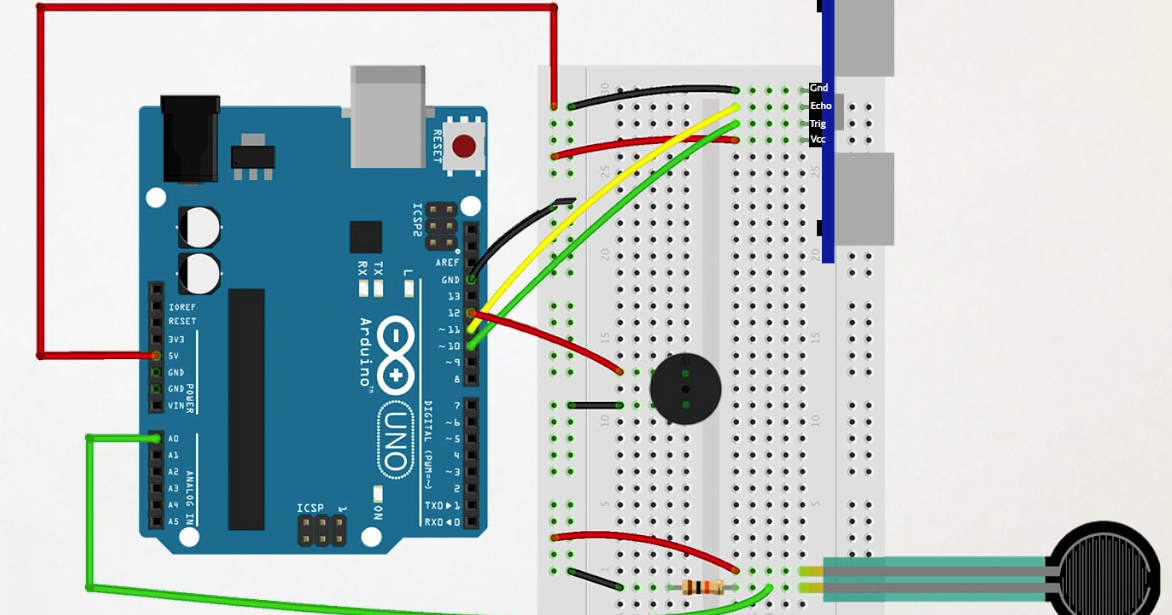

You can do that by heading to your device Settings > About phone, now tap “Build number” until a message confirms that you have Developer options enabled. Enable USB debugging and OEM unlockingįirstly, ensure that you have Developer Options enabled on your Pixel. Once Nexus Tools is finished, you can run adb, fastboot, and other commands with zero problems or issues. Nexus Tools has been written in Dart, so it can run on Linux, macOS, Windows, Windows Subsystem for Linux, and Chrome OS. You can download the latest platform-tools zip file from here.Īlternatively, Nexus Tools from Corbin Davenport offers a very simple way to ensure that you have the very latest version of Platform-Tools on your Windows, Mac or Linux machine at all times. We recommend installing the unzipped platform-tools package on your desktop for quick access when running commands. You’ll need to use ADB or Android Debug Bridge to downgrade your current Android 12 build to an older version.
NEAT IMAGE 7 REGISTRATION CODE INSTALL
Download and install Android SDK Platform-Tools package Download the Factory Image for your deviceġ.
NEAT IMAGE 7 REGISTRATION CODE HOW TO

Because of that, it’s only fair that we show you how to downgrade from this build if you simply don’t like it or encounter problems you hadn’t foreseen ahead of time. Luckily, you can downgrade your Android 13 build back to a stable version of Android 12 if you encounter any major problems or just don’t like the current incarnation.Īlthough it’s not highly recommended given it’s a developer-focused build for a little while longer, we have shown you how to install the Android 13 Beta on your Pixel.

You might have slapped the Android 13 Developer Preview or recent Beta 4 update on your Google Pixel and are missing out on a few things or not having the best experience.


 0 kommentar(er)
0 kommentar(er)
